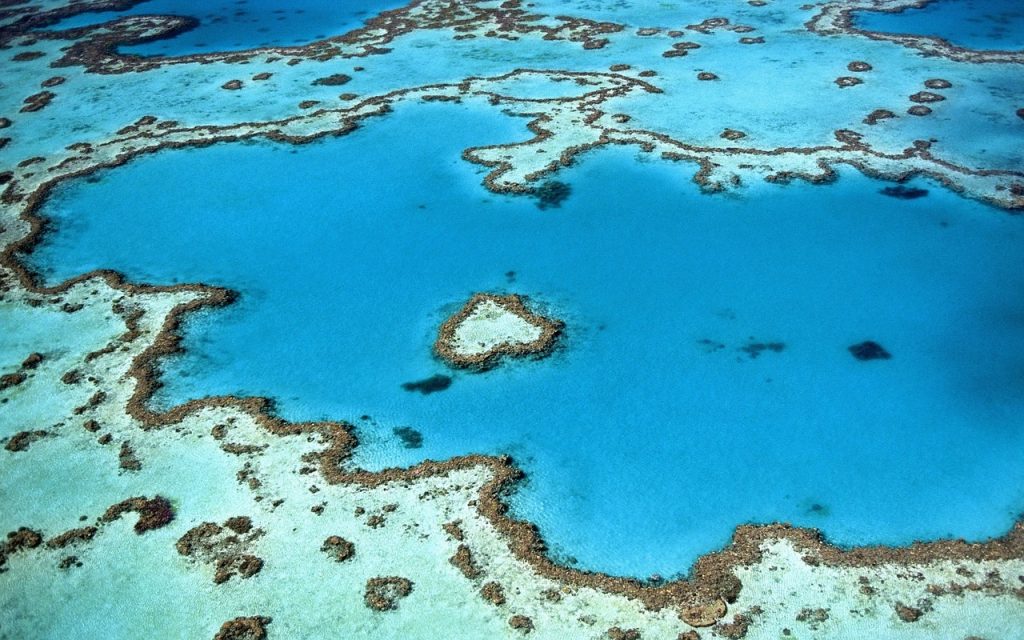Even if you’re not a scuba diver or snorkeler you have to appreciate the beauty of coral reefs. This week’s Snapshot Monday ~ Coral Reefs’ picture is of one of the world’s most beautiful – Australia.
Snapshot Monday ~ Coral Reefs
I’ve been many islands around the world and had the pleasure of snorkeling and diving some of the world’s most beautiful reefs. I’ve seen the most amazing sea creatures and marine life. Coral reefs are diverse underwater ecosystems and are home to millions of fishes that call it home.
Shallow coral reefs, also known as “rainforests of the sea” make up some of the most diverse ecosystems on Earth. There are several type of coral reefs.
According to Wikapedia, the three principal reef types are:
- Fringing reef – directly attached to a shore, or borders it with an intervening shallow channel or lagoon
- Barrier reef – reef separated from a mainland or island shore by a deep channel or lagoon
- Atoll reef – more or less circular or continuous barrier reef extends all the way around a lagoon without a central island
Other Coral Reefs
- Patch reef – common, isolated, comparatively small reef outcrop, usually within a lagoon or embayment, often circular and surrounded by sand or seagrass
- Apron reef – short reef resembling a fringing reef, but more sloped; extending out and downward from a point or peninsular shore
- Bank reef – linear or semicircular shaped-outline, larger than a patch reef
- Ribbon reef – long, narrow, possibly winding reef, usually associated with an atoll lagoon
- Table reef – isolated reef, approaching an atoll type, but without a lagoon
- Habili – reef specific to the Red Sea; does not reach the surface near enough to cause visible surf; may be a hazard to ships (from the Arabic for “unborn”)
- Microatoll – community of species of corals; vertical growth limited by average tidal height; growth morphologies offer a low-resolution record of patterns of sea level change; fossilized remains can be dated using radioactive carbon dating and have been used to reconstruct Holocene sea levels[24]
- Cays – small, low-elevation, sandy islands formed on the surface of coral reefs from eroded material that piles up, forming an area above sea level; can be stabilized by plants to become habitable; occur in tropical environments throughout the Pacific, Atlantic and Indian Oceans (including the Caribbean and on the Great Barrier Reef and Belize Barrier Reef), where they provide habitable and agricultural land
- Seamount or guyot – formed when a coral reef on a volcanic island subsides; tops of seamounts are rounded and guyots are flat; flat tops of guyots, or tablemounts, are due to erosion by waves, winds, and atmospheric processes.
These coral reefs make for amazing tours and they draw thousands of tourists each year all around the world.
I hope you enjoyed this week’s Snapshot Monday ~ Coral Reefs.
Have you seen a coral reef? Where was your favorite? Share your experiences with us!



